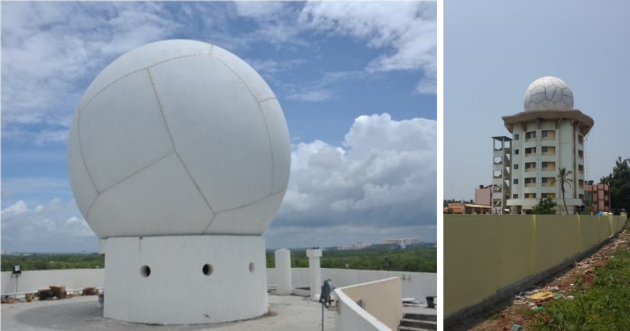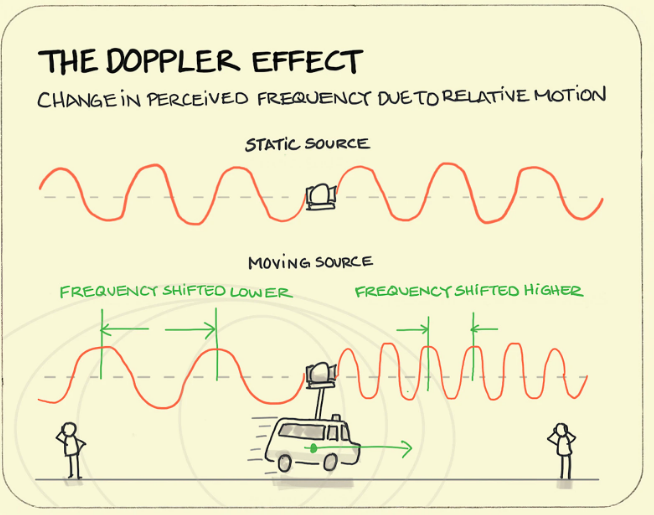Free Courses Sale ends Soon, Get It Now


Free Courses Sale ends Soon, Get It Now



Disclaimer: Copyright infringement not intended.
Context
Details
Decoding Doppler Effect

Doppler Radars in India
https://indianexpress.com/article/explained/doppler-radars-weather-forecast-explained-7406656/
© 2024 iasgyan. All right reserved